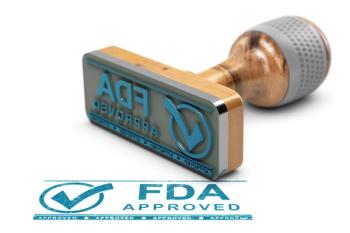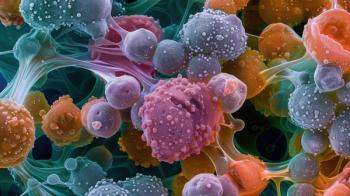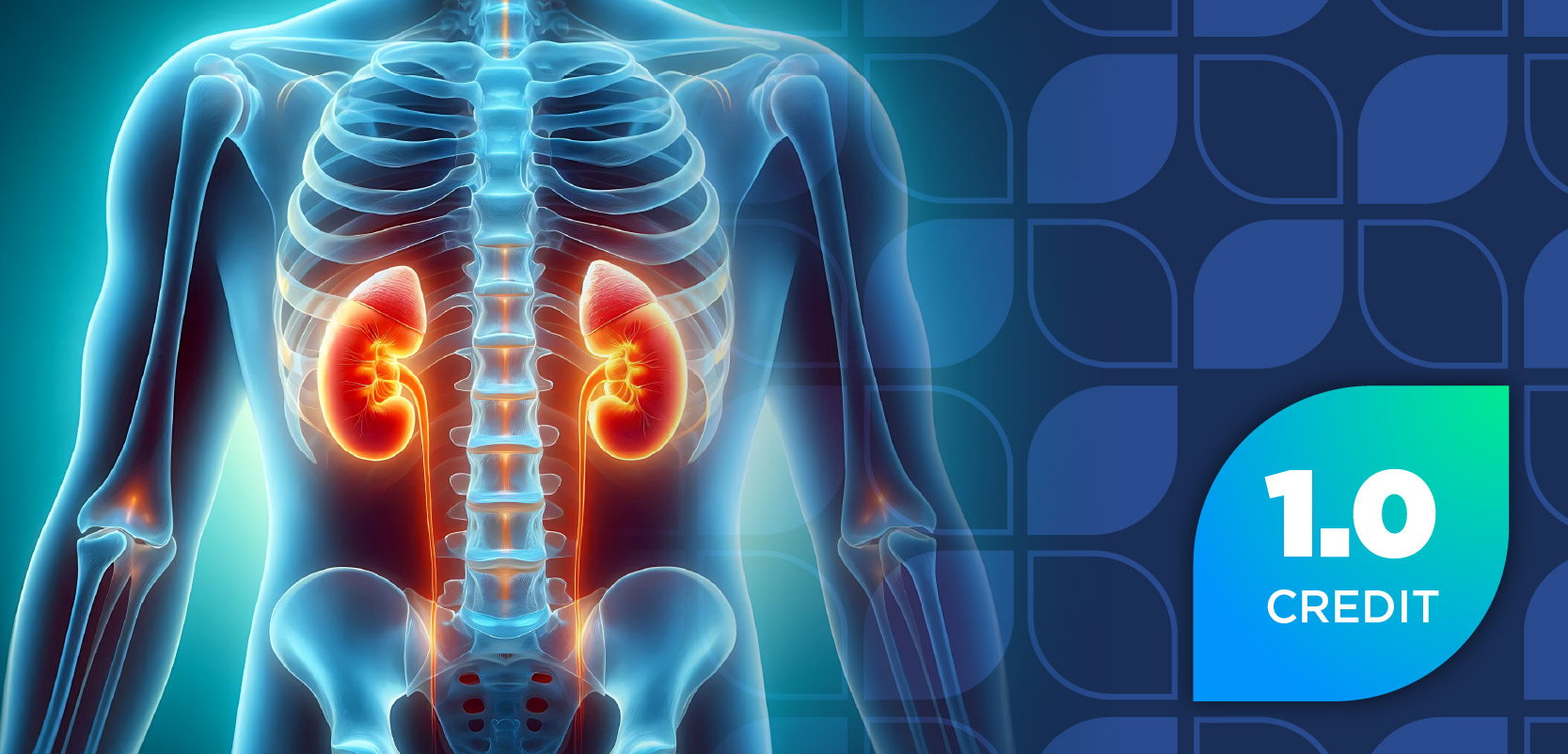
Metformin and Statin-Induced Myopathies: Potential Adherence Booster?
Researchers concluded that metformin may reduce risk of nonsevere statin muscle pain.
Despite ample evidence supporting statin use to lower cholesterol, and reduce risks for coronary heart disease, some patients hesitate to take them or experience muscular adverse effects. The latter—statin-induced myopathies—are a main cause of nonadherence, which leads to insufficient cardiovascular risk reduction.
Patients who are nonadherent don't receive cardiovascular risk reductions to the same degree that those who take their statins as prescribed do. So far, researchers have been unable to identify a treatment for statin-related muscle pain.
A team from the University of South Florida in Tampa has published a study in the journal Diabetes, Obestity and Metabolism, assessing a novel intervention. They examined the possibility that metformin might reduce muscle pain. They also reanalyzed data from the ACCORD trial, a study that assessed patients for muscle cramps, and leg/calve pain while walking, which are typical nonsevere statin muscle pain symptoms.
These researchers enrolled patients taking a statin (n = 445), or a statin and metformin (n = 869). They found significant differences: in the group of participants treated with statins and metformin, fewer individuals reported muscle cramps (35%), and walking leg/clave pain (40%). The rates of muscle cramps, and walking leg/calve pain were 42% and 47%, respectively, in the statin-only group. Comprehensive analysis indicated that metformin was associated with a 23% odds reduction for muscle cramps, and 29% odds reduction for leg/clave pain while walking.
The authors concluded that metformin may reduce risk of nonsevere statin muscle pain. According to the report, they believe that metformin's effect on mitochondrial oxidative stress and AMPK may be responsible. It will be interesting to see if additional study confirms these findings.
Good adherence to statin therapy has numerous proven benefits and pharmacists should remind patients of the following:
- Statins are safe.Rhabdomyolysis is extremely rare.
- Statins usually lower LDL cholesterol by 20% to 60%, total cholesterol by 16% to 45%, and triglycerides by 25% to 30%, and they do so quickly (usually within several weeks).
- Every 40 mg/dL reduction in LDL that occurs after patients start statins is associated with a 19% reduction in cardiac death, a12% reduction in death from all causes, and fewer strokes, heart attacks and revascularizations.
- Studies indicate that rosuvastatin and atorvastatin reverse cholesterol accumulation in the coronary arteries.
Reference
Carris NW, Tsalatsanis A, Tipparaju SM, et al. Metformin's impact on statin-associated muscle symptoms: An analysis of ACCORD study data and research materials from the NHLBI Biologic Specimen and Data Repository Information Coordinating Center. Diabetes Obes Metab. 2018 Mar 25. doi: 10.1111/dom.13302. [Epub ahead of print]
Newsletter
Stay informed on drug updates, treatment guidelines, and pharmacy practice trends—subscribe to Pharmacy Times for weekly clinical insights.


















































































































































































































